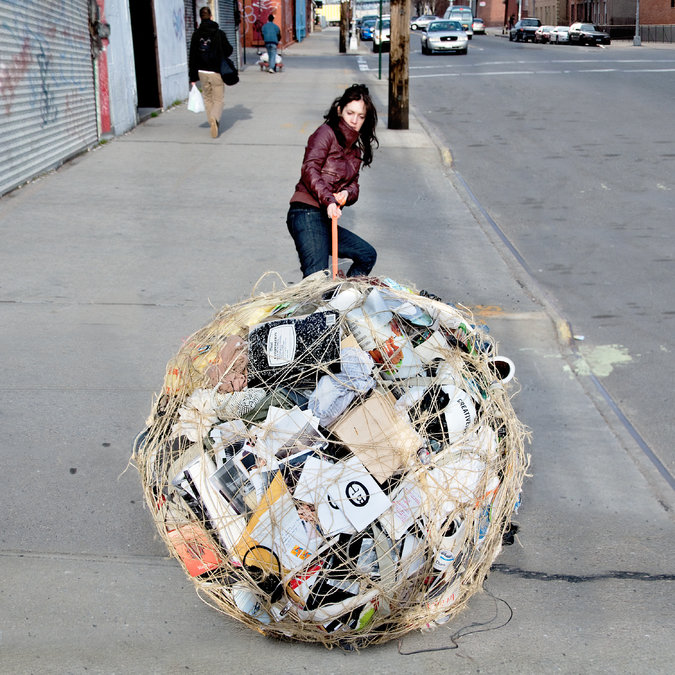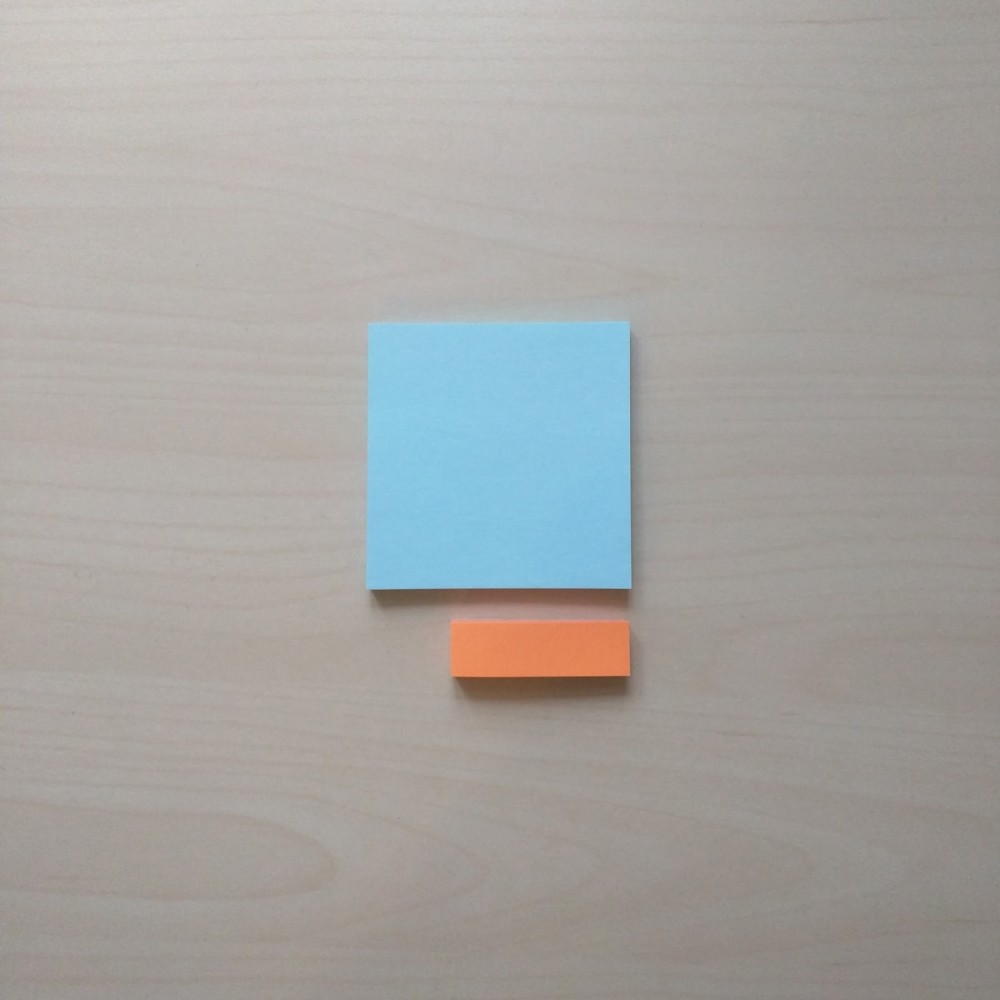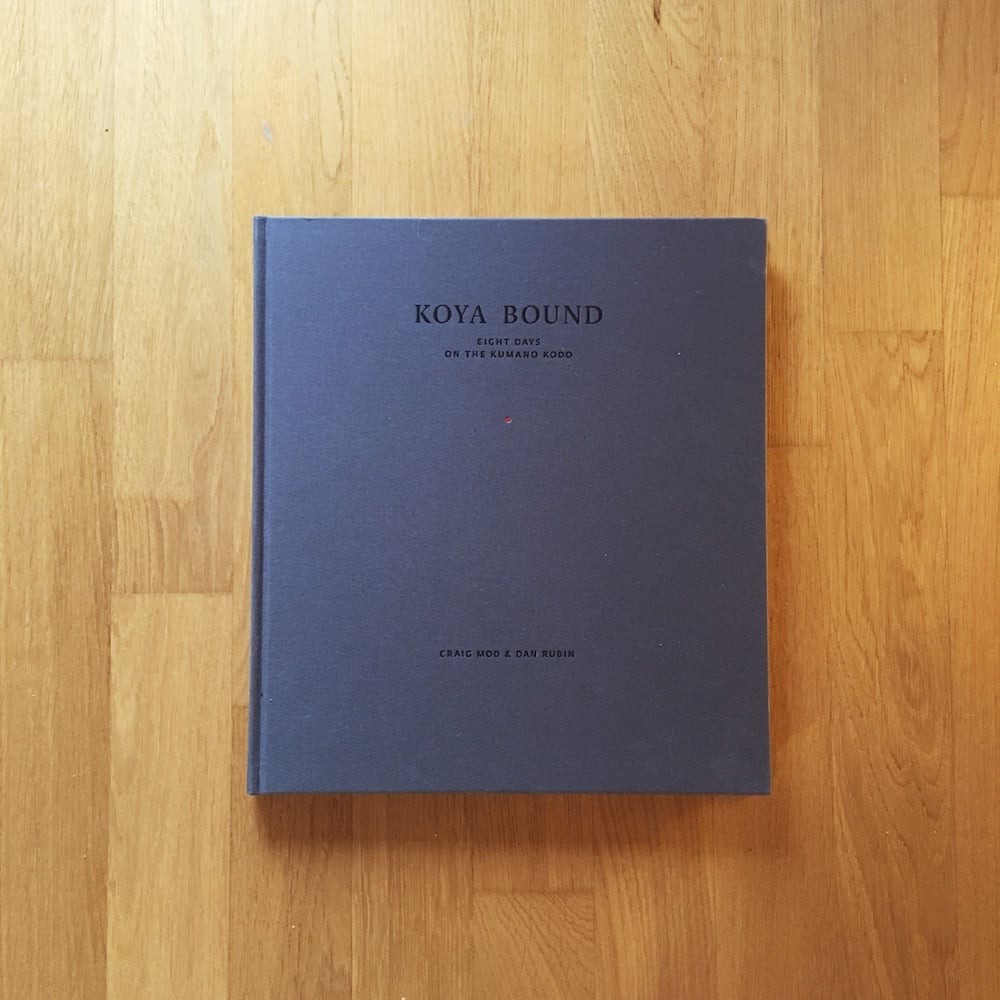“A key to understanding what possessions mean is recognizing that, knowing or unknowingly, intentionally or unintentionally, we regard our possessions as part of ourselves.”
Russell Belk, "Possessions and the Extended Self," 1988
about
In America, a country focused on mass-production and consumerism, people tend to accumulate objects without considering why they chose to keep those objects in their lives. Consumer researcher Russell Belk and expert-organizer Marie Kondo are challenging this notion, suggesting that objects are reflections of ourselves and even impact our well-being. Artists are doing the same, photographing, drawing, sculpting, and creating performances about their objects and others’.
Open House was born out of a process of parsing through my possessions and keeping only what I find meaningful. The website compiles 498 physical objects located in my bedroom into a purely digital space, using only text and infographics as mediums for discovery. Objects fit into groups based on whether they are on display or in storage, what their category of use is (such as books, clothing, and furniture), and whether they are beautiful, practical, or both. In more detail, the object descriptions explore memories and how, when, and where the objects were acquired. In confronting everything I own, viewers of Open House are left to question interactions with their own possessions and what meanings they have developed for themselves.
influences
Largely, my interest in ownership comes from my mother, who is an avid Antiques Roadshow watcher, thrift and garage sale shopper, and won’t hesitate to stop the car to pick up something left on the curb. For her, the history behind objects and their creators is fascinating, along with the thrill of paying next to nothing for something. She instilled the same in me. Artistically, my interest in ownership began in 2014, when over the course of two weekends and 15 hours, I photographed 366 individual objects on a kraft paper background. I chose photography as my medium because I was taking a course on it, and saw it as an opportunity to convert my physical objects into digital via methodical documentation. After my initial go at it, I didn’t find the time to finish photographing all of the smaller items, or put the photos on a website with simple captions like I had hoped. The concept, however, of documenting everything I owned stayed on my mind and over the next two years I looked for artists doing similar work.
Swedish photographer Sannah Kvist was one of the first I found. In 2012, she asked students born in the 80s, herself included, to build a sculpture inside their rooms using everything they owned and pose with them in a series dubbed All I Own. The photographs show the different personalities and interests of the subjects—some with stacks of books, others with clothes or music—by way of what they own. Because she left the sculpture making up to the owners, they were able to skew the perspective so that some objects were more prominent than others, and hide those they didn’t want seen. Kvist’s purpose is also to show how little the millennials own, due to the fact that they usually rent and are therefore constantly moving.
Sannah Kvist, All I Own, 2012
Peter Menzel also photographed families with everything they owned—including their homes and land—across the world. Menzel brought together 16 photojournalists to publish Material World: A Global Family Portrait in 1995, capturing life in 30 nations. Comparing Menzels’ photographs is ultimately a comparison of culture, values, and economy. And, coming from the 90s, a comparison to ownership today.
Peter Menzel, Material World: A Global Family Portrait, 1995
Unlike Kvist and Menzel, Brooklyn artist Mary Mattingly is looking at her own objects. On the site own-it.us, Mattingly categorizes, photographs, and 3D scans each object she owns and writes about the material history of each, feeling consumers have responsibility over the effect their possessions have on the world. On the about page she states, “Researching each item’s history is a way to begin an extended funeral prayer, illuminating rituals and tragedies embedded in objects in a precarious world. From the over-extraction of the earth, to the working conditions of the makers and distributors, to the chemicals that enter the air and water affecting everyone, each object is embedded with trauma.”
Compact Disc: The Velvet Underground and Nico - Peel Slowly and See
Narrative: Copper sourced from Chile, Peru, or Ecuador and produced in a factory in the United States; aluminum from Russia or China; polycarbonate plastic from California, South Africa, Somalia, South Korea, or Germany; boxite [sic] from Australia, and parts assembled in a factory in the United States.
The larger supply chain includes: Petroleum refineries; Power generation and supply; Plastics material and resin manufacturing; Coal mining; Alumina refining and primary aluminum production; Oil and Gas extraction; Motor vehicle parts and manufacturing; Truck transportation; Iron and steel mills.
Distributed through BMG, a company that began in Germany as part of the Bertelsman, A.G. corporation. In 1979 BMG acquired Aristan Records and in 1986 they bought RCA Victor from General Electric. Bertelsman owns television and radio stations around the world, film production and distribution, and over 200 entertainment and publishing companies around the world.
I bought this CD through direct mail, moved it from Connecticut to Boston, Massachusetts, to Portland, Oregon, to Rotterdam, Netherlands, to New York City. It was stored in an attic in Somers, Connecticut for three years. I'm currently living with it in Brooklyn.
Mary Mattingly, own-it.us
After compiling them into the website, Mattingly’s objects become performative actions. She ties and makes giant bundles out of them, and in some cases, rolls them across bridges. The density of the bundles makes it difficult to move them, but doing so celebrates and critiques their journeys, from source material to final product, into Mattingly’s life.

Mary Mattingly, Life of Objects, 2012
Mary Mattingly, Pull, 2012
Designer/illustrator Emily Okada and photographer Corey Vaughn have also compiled their possessions into a website, Every Little Everything. For every month in 2015, they documented objects, experimenting with their chosen mediums, and wrote about their importance. Their goal was to get rid of everything undocumented by January 1st, 2016, but it seems they only made it through September and it is unclear what the final result was.
Emily - 4/2 - Swedish Notebook
This was the journal I took on my Europe trip, and it’s full of drawings of old buildings and priceless works of art. And mash games.
Corey - 4/14 - Beth Orton, Sugaring Season (CD)
Beth Orton can surely turn a phrase: "I was lonely as the moon who longs for the sun to come by. I’d wait and wait and wait and wait but never seem to share the same sky."
Emily Okada and Corey Vaughan, Every Little Everything, 2015
“Paring down excess is valuable, but our true pursuit is transparency and honesty in valuing our material possessions.”
Emily Okada and Corey Vaughan, 2015
European designer/developers Manuel Moreale and Mattia Compagnucci are going even slower with their site DeOwnIt, aiming to add one meaningful object each week, and in turn, get rid of one object behind the scenes. Like Okada and Vaughn, they combine visuals and writing but in a more lo-fi way, photographing on wood with what I would guess is, an iPhone. Their captions also explore memories and importance, but more in-depth. And on their site, it is easier to compare and contrast the two’s objects and personalities because they are placed side by side.


Mattia, Post It
I'm keeping track of everything using post-it. From to dos to ideas passing through grocery list. They are pinned on my macbook, on my desk, in some note book and wherever I can attach them.
Manuel, Koya Bound: $95
I don't own that many physical books anymore and the few I still have are almost exclusively photographic books. One of them is this beauty. I'm so happy I backed this project because the books is awesome and the photos are stunning. It's a limited run but you can still get one if you're interested.
Mattia Campagnucci and Manuel Moreale, DeOwnIt, 2017
On the hunt for text-based explorations, I heard about expert-organizer Marie Kondo, who goes to people’s homes and helps them organize by way of decluttering. Her book, The Life-Changing Magic of Tidying Up, is both spiritual and methodical, helping owners get rid of possessions through self-reflection.
“The best way to choose what to keep and what to throw away is to take each item in one’s hand and ask: “Does this spark joy?” If it does, keep it. If not, dispose of it.”
Marie Kondo, The Life-Changing Magic of Tidying Up, 2014
The book has a bit of a cult following now, and there is no shortage of before and after photos available through Google. I am not, however, completely sold by Kondo’s “spark joy” thesis in relation to myself. More factors than emotion go into deciding whether or not to discard of an object. Over the course of my research and discarding process I came to my own conclusions on ownership, which are explored in the Open House essay.
discarding process
Leading up to January 2017, I also decided to go through my own process of discarding, largely because in May I would be graduating and moving once again. This time, I would not be coming back to Baltimore in the fall. So I went through my possessions one by one, getting rid of items that were no longer practical or beautiful—the two factors I found to be most important. Some decisions were easy—getting rid of things I would never use again like old papers and drawing supplies—some were much harder. I gave up Warped Passages, my fingerless gloves, a North Face beanie, a velvet tote bag, a Lizzie McGuire Movie CD, oil painting supplies, and hundreds of other objects.
Fingerless Gloves
These gloves from my first boyfriend Kevin were the only ones I had in Baltimore for a while. People always complimented me on them but they always made me think about how bad our breakup was.
Lizzie McGuire Movie CD
The Lizzie McGuire Movie is fantastic and so is the music. I used to play this CD in the car a lot, but the player stopped working. All the music is uploaded to my computer now so I don't need the physical CD.
North Face Beanie
I didn't bring a hat with me to Mackinac Island, so Greg gave me this one when it started to get cold. He said it was too small for his head. I wore it a lot freshman year, missing him, but the feeling faded.
Oil Painting Supplies
I love oil painting, but they're just too messy and toxic for me to continue using. I'll be moving to New York this summer and I won't have a proper space for them, so I'll probably try gouache instead.
Velvet Tote Bag
Using a sewing machine, I made this tote bag out of scrap materials from our basement. It was the first thing I made without using a pattern and I was really proud of it. But with so much use, it just became too worn out.
Warped Passages
I don't remember why my dad gave this to me, but I remember reading it fervently freshman year and taking notes on it. I was especially interested in the hypercube, a representation of the fourth dimension, time.
I refrained from throwing out objects as much as possible, trying to be conscious of the environmental effects. If an object couldn’t be recycled, and was in good enough condition, it changed ownership. I sold a few things I know I had paid a lot for, like my oil paints, but most of it I gave away for free. On sunny days, I set out boxes of free books and yarn and art supplies, and posted a curb alert to MICA’s Free and For Sale page. Each time, the objects were gone within just a couple of hours. I donated clothing to Planet Aid, using the yellow bins around campus. I brought the rest of the objects to MICA’s Swap Shop for students to peruse, off on slower move to new ownership. In each case, I considered which option would help find a new owner that would use the object. After the process was over, I appreciated each object I had left, and felt more comfortable in my space than I had before.
design and development
Along with all the thoughts that went into the essay, I began to formulate ideas on how to visually represent my objects using the Muji sketchbook I purchased in 2016. Content-wise, I knew straight away that I wanted to write about the memories, people, and places associated with my objects. I struggled to decide which objects though. For a while I thought I should choose a category, such as all blue objects or objects made of wood. But despite the amount of work, I decided to document every single object for the sake of unbiased finality. I also decided to focus solely on my bedroom, which houses my most personal possessions. The objects in my kitchen, bathroom, living room, and a few things I didn’t want to share remain undocumented.
During my creative research I realized that all of the mentioned artists working within the realm of ownership (including myself in 2014) had one thing in common: using imagery to represent objects. By way of illustration, most of my initial ideas were based on imagery too. But I kept thinking about how the images would take away from what I was really interested in: the caption. I created the Open House Dictionary as my first exploration of a text-only way to represent my displayed objects. On a scale from practical to beautiful, I placed the objects in their classification sections alphabetically and wrote one sentence about each. The sentences explain why each object is meaningful through memories, people, and places.
Moving on to the design for this site, I was stuck on a book layout similar to the information page for the Dictionary. On the left would have been a section to scroll through the list of objects, and on the right, their descriptions. To open the section with objects in storage, users would have had to click buttons located in the four corners of the bedroom page. I wasn’t satisfied. The design was too cluttered, misleading, and I wanted users to be able to better focus on singular objects while still navigating through acts of discovery. I finally landed on the current design for the bedroom section at the end of March, and the other pages followed naturally.
The content for the bedroom section of Open House is stored in two Google Sheets, one for displayed objects, and the other for objects in storage. In addition to recording the object name, year acquired, location acquired at, category, classification, and the description, I used some built-in functions to determine the totals of the unique answers for each. Using Sheetlabs, I converted the Google Sheets into APIs so the data could be used in JSON format.
Implementing underscore.js, I templated the format for one object, and using _.each repeated the format for every object. Using _.sortBy and _.groupBy, I was able to group objects by their tags based on the sorting option chosen. Thanks to jQuery, the object colors are coded by whether they are practical, beautiful, or both. I also used jQuery throughout the website to hide, show, and toggle divs on click; Sass was used for stying. The infographic with all objects was by far the hardest to code, and I have to thank Brigitte Warner for helping me complete it. The page uses underscore.js to figure out which checkboxes are checked, and then looks through the JSON to find the objects with matching key value pairs for those checkboxes and count the total. The total then gets transformed into an svg circle by making the radius equal to the square root of the total divided by pi, multiplied by 20 so that it would be larger on the page. Treating the total as the area rather than the diameter of the circle insures that the circles are proportional in comparison. Making calculations in a spreadsheet with all the totals, the same math was done for all the circles on the posters.
about taylor
Taylor Simpson is a Graphic Design '17 BFA graduate of the Maryland Institute College of Art. Her main interests are branding, motion graphics, UI/UX design, coding, and writing. View her work at taylorannsimpson.com.
Many thanks to Sandra Maxa, Isaac Gertman, Lindsay Ballant, Hieu Tran, Kristian Bjornard, and Brigitte Warner for their mentorship, my peers for being right there with me, and my friends and family for their unending support.